
High Paying UI/UX Designer Jobs, Roles & Skills
Sep 30, 2024 7 Min Read 3367 Views
(Last Updated)
UI stands for User Interface, and UX stands for User Experience. These are fancy words, but they really just mean designing how websites and apps look and feel. It’s all about making digital interfaces easy and fun to use for people.
Right now, there are lots of jobs for UI/UX designers because almost every company wants their website or app to look good and work well. This makes the job of a UI/UX designer crucial and popular. And the best part? These jobs often pay really well!
In this blog, we’re going to talk about what it’s like to be a UI/UX designer. We’ll look at some of the best jobs out there, what you need to learn to get these jobs, and where to find them. We’ll also explore why these jobs are so amazing and if a career in UI/UX design is a good choice for you. So, if you’re curious about making websites and apps look awesome, or if you’re thinking about a career in this area, stick around! We’ve got lots of great information to share.
Table of contents
- What is the Job Market for UI/UX Designers?
- Current Trends in the UI/UX Design Job Market
- Demand for UI/UX Designers in Various Industries
- The Top 10 High-Paying UI/UX Designer Jobs
- Senior UI/UX Designer
- UX Researcher
- UI Developer/Engineer
- Product Designer
- UX Writer
- Interaction Designer
- Information Architect
- UX Consultant
- Mobile UX Designer
- Visual Designer
- Where to Find UI/UX Designer Jobs
- Online Platforms and Job Boards Specializing in UI/UX Roles
- Networking and Professional Groups for UI/UX Designers
- Tips for Finding and Securing UI/UX Design Positions
- Conclusion
- FAQs
- What skills are most important for high-paying UI/UX design jobs?
- Can I transition into a UI/UX design role from a different field?
- Are specializations within UI/UX design worth pursuing for higher salaries?
What is the Job Market for UI/UX Designers?
Let’s take a look at what kind of jobs are out there for people who design websites and apps, also known as UI/UX designers:
Current Trends in the UI/UX Design Job Market
1. The demand for UI/UX designers has seen a significant rise in recent years. As more businesses move online and focus on digital presence, the need for professionals who can create user-friendly and visually appealing interfaces is increasing.
2. It’s not just tech companies hiring UI/UX designers. Industries like healthcare, finance, education, and retail are also seeking these skills to improve their digital services.
3. With the rise of remote work, there are more opportunities for UI/UX designers to work from anywhere. This has also led to an increase in freelance or contract-based roles.
4. As mobile usage continues to grow, there’s a strong trend towards designing for mobile-first and ensuring websites are responsive across all devices.
5. Companies are emphasizing the importance of user-centered design, which focuses on creating products based on the specific needs and behaviors of users.
6. UI/UX designers are also needed in emerging tech areas like augmented reality (AR), virtual reality (VR), and artificial intelligence (AI), where user experience is key.

Also Know About Top UI/UX Design Trends: Embracing Innovation in 2024
Demand for UI/UX Designers in Various Industries
1. Tech companies remain the primary employers of UI/UX designers, with a focus on developing user-friendly software and applications.
2. The finance sector, including banks and fintech companies, is increasingly focusing on user experience to make their apps and websites more accessible and secure.
3. There’s a growing need for UI/UX designers in healthcare to help create clear, easy-to-use digital health tools and platforms.
4. Online shopping platforms require UI/UX designers to create engaging, easy-to-navigate shopping experiences.
5. With the rise of online learning, educational technology companies need UI/UX designers to create user-friendly learning platforms.
6. Governments are also recognizing the importance of user-friendly digital services for public use.
The job market for UI/UX designers is thriving across various sectors, with a strong emphasis on mobile responsiveness, user-centered design, and adapting to new technologies. This opens up a wide array of opportunities for professionals in this field.
Find Out Top 12 Career Opportunities for UI/UX Design
As we proceed to the next phase, make sure you understand the fundamentals of UI/UX, which includes heuristic analysis, journey maps, testing, etc. If you want to explore more about it, join GUVI’s UI/UX Course with placement assistance. You’ll also learn about the tools used in UI/UX which are AdobeXd, Illustrator, Photoshop, Figma, and many more. Build some amazing real-time projects to get hands-on experience.
Instead, if you would like to explore Figma through a Self Paced course, try GUVI’s Figma certification course.
Now that we’ve explored the thriving job market for UI/UX designers, let’s get into the specifics. Here, we will explore the top 10 high-paying UI/UX designer jobs that stand out in this dynamic field. These roles not only offer attractive salaries but also present opportunities for creative and professional growth.

The Top 10 High-Paying UI/UX Designer Jobs
In UI/UX design, there are lots of different job types that pay well. As more people use websites and apps, these designers are in high demand. Some jobs are about making things look good, while others are about making sure everything works smoothly. Let’s take a look at the top 10 jobs in UI/UX design that offer good pay:
1. Senior UI/UX Designer
As a Senior UI/UX Designer, you are the creative force behind the visual and interactive elements of digital products. Your role involves overseeing the entire design process, from research and concept development to implementation and user feedback. You work closely with product teams to ensure the design meets both user needs and business goals. Your expertise in design principles and user-centered design methodologies is crucial.
Skills and Qualifications: Advanced proficiency in design tools, strong portfolio showcasing diverse projects, leadership skills, and deep understanding of user psychology and design trends.
Role: Lead design projects, guide and mentor junior designers, create design strategies, and collaborate with developers, product managers, and stakeholders.
2. UX Researcher
As a UX Researcher, you play a vital role in understanding the user. You use various research methods to gather insights about user behaviors, needs, and motivations. Your work involves conducting interviews, surveys, usability tests, and analyzing the data to inform design decisions. You help ensure that products are grounded in real user needs.
Skills and Qualifications: Strong background in qualitative and quantitative research methods, excellent analytical and communication skills, and experience in user persona development and journey mapping.
Role: Conduct user research, analyze and present findings, and collaborate with design teams to integrate research insights into design processes.
3. UI Developer/Engineer
As a UI Developer, you bring designs to life. You are responsible for implementing the visual and interactive elements of a web or software application. This role requires a blend of design sensibility and technical skills to ensure that the final product is both aesthetically pleasing and functionally robust.
Skills and Qualifications: Proficiency in HTML, CSS, JavaScript, and relevant frameworks, understanding of responsive design, experience in cross-browser compatibility and optimization.
Role: Convert UI/UX designs into functional code, collaborate with designers to ensure design integrity, and optimize applications for maximum speed and scalability.
4. Product Designer
Product Designers are involved in the end-to-end development of digital products. They combine UX design principles with a deep understanding of business and user needs to design functional and engaging products. This role requires a holistic approach, balancing user experience with technical feasibility and business objectives.
Skills and Qualifications: Broad design skills including UX and UI, understanding of product lifecycle, ability to think strategically and collaborate across departments.
Role: Design and iterate on product features, work closely with product management and engineering teams, contribute to the overall product strategy and vision.
5. UX Writer
UX Writers specialize in creating the textual content that guides users within a digital product. They play a critical role in shaping the voice and tone of the product and ensuring that the language is clear, concise, and user-friendly. This involves writing and structuring text for menus, buttons, error messages, and instructional content.
Skills and Qualifications: Excellent writing and editing skills, understanding of UX principles, ability to adapt style and tone to match brand voice.
Role: Craft user interface text, collaborate with designers and developers, create and maintain a consistent brand voice across all product touchpoints.

Also Know About Top 9 AI Tools for Content Creation That You Shouldn’t Miss
6. Interaction Designer
Interaction Designers focus on creating engaging and intuitive interfaces. They design how users interact with digital products, ensuring that the flow and feedback of the product are seamless. This role requires a deep understanding of user behaviors and needs, as well as a creative approach to problem-solving.
Skills and Qualifications: Creativity, proficiency in design and prototyping tools, understanding of interaction design principles and user-centered design.
Role: Design interactive elements, prototype user interactions, collaborate with UX researchers and designers to refine the user experience.
7. Information Architect
Information Architects are responsible for structuring and organizing information in digital products. They create clear pathways for users, making sure that navigation is intuitive and content is easily accessible. This role is crucial for large, content-heavy websites and applications.
Skills and Qualifications: Strong organizational and analytical skills, experience in creating wireframes, sitemaps, and user flows, understanding of SEO principles.
Role: Design information structure, develop navigation solutions, collaborate with designers and content creators to ensure a cohesive user experience.
8. UX Consultant
UX Consultants provide expert advice on user experience strategies. They analyze existing products and processes, identify areas for improvement, and guide teams in implementing effective UX solutions. This role is often seen in a freelance or advisory capacity and requires a broad and deep understanding of UX principles and practices.
Skills and Qualifications: Extensive experience in UX design, strong problem-solving and analytical skills, excellent communication and presentation abilities.
Role: Conduct UX audits, provide strategic recommendations, guide implementation of UX improvements.
9. Mobile UX Designer
Mobile UX Designers specialize in crafting user experiences for mobile devices. They focus on designing interfaces and interactions that are optimized for smaller screens and touch-based interactions. This role is increasingly important as mobile usage continues to rise.
Skills and Qualifications: Understanding of mobile design principles, proficiency in design tools specific to mobile interfaces, familiarity with iOS and Android design guidelines.
Role: Design and optimize mobile app interfaces, ensure usability across different devices and screen sizes, collaborate with mobile developers for implementation.
10. Visual Designer
Visual Designers focus on the aesthetic aspects of a product. They use their creative skills to develop the visual language of a product, including colors, images, typography, and layout. Their work is key to creating a strong brand identity and ensuring visual consistency across all user touchpoints.
Skills and Qualifications: Strong visual design skills, proficiency in graphic design software, and understanding of branding and visual storytelling.
Role: Develop visual elements of a product, create style guides, and work with UI/UX designers to ensure visual coherence.
These roles offer diverse opportunities within the UI/UX field, each requiring a unique blend of skills and expertise. They are integral to creating compelling, user-centric digital experiences and are highly valued in the tech industry.

Also Read: UI/UX Designer Job Description and Roles & Responsibilities
Now that we’ve explored the top 10 high-paying UI/UX designer jobs, let’s shift our focus to the next important step: finding these opportunities. In the following section, we’ll explore the best places and strategies to discover UI/UX designer positions that align with your skills and career aspirations.
Where to Find UI/UX Designer Jobs
Finding a job as a UI/UX designer can be an exciting journey. There are several avenues to explore, from specialized job boards to networking opportunities. Here’s a guide on where to look and how to increase your chances of landing a great position.
Online Platforms and Job Boards Specializing in UI/UX Roles
If you’re looking for a job in UI/UX design, some great websites can help you find the right job. Let’s check them out:
Behance and Dribbble: These platforms are not just for showcasing your portfolio; they also have job boards where employers post UI/UX design roles.
LinkedIn: LinkedIn is a treasure trove for job seekers. Not only can you find job listings, but you can also research companies and connect with potential employers.
Glassdoor: Offers insights into company cultures and salaries, in addition to job listings.
Indeed and Monster: These general job search websites often have a wide range of UI/UX positions listed.
Niche Job Boards: Websites like Smashing Magazine, UX Jobs Board, and IxDA (Interaction Design Association) offer job listings specifically for UI/UX professionals.
Networking and Professional Groups for UI/UX Designers
For anyone in UI/UX design, meeting other designers and joining groups can guide your career. In these groups, you can share ideas, learn new things, and keep up with what’s latest in design:
Local Meetups and Conferences: Attending local meetups or national conferences can be a great way to network with other professionals in the field.
Find Out Top 8 Inspiring UI/UX Webinars and Workshops
Online Forums and Communities: Joining online communities such as Slack groups, Reddit forums, or Facebook groups dedicated to UI/UX can help you connect with peers and learn about job opportunities.
Professional Organizations: Becoming a member of organizations like the UXPA (User Experience Professionals Association) can provide networking opportunities and access to exclusive job boards.
Alumni Networks: If you attended a college or university, leverage your alumni network. Many schools have groups specifically for design graduates.

Tips for Finding and Securing UI/UX Design Positions
If you want to get a job in UI/UX design, you need a good plan for finding the right job and showing off your skills. Here’s how to do it:
Build a Strong Portfolio: Your portfolio is your strongest tool. Showcase your best work, including case studies that demonstrate your process and problem-solving skills.
Learn How to Create a UI UX Design Portfolio: Top 3 Essential Tips
Tailor Your Resume: Customize your resume for each application to highlight relevant skills and experiences.
Stay Updated with Industry Trends: UI/UX is a rapidly evolving field. Stay current with the latest design trends, tools, and technologies.
Prepare for Interviews: Research common UI/UX interview questions and be prepared to discuss your design process in detail.
Continuous Learning: Consider taking courses or certifications to expand your skill set and make your application stand out.
Utilize Social Media: Platforms like Twitter and Instagram can be used to follow industry leaders, share your work, and engage with the design community.
Follow Companies You Admire: Often, companies post job openings on their social media or websites before they appear on job boards.
Freelance Projects: Taking on freelance work can help build your portfolio, gain experience, and sometimes lead to full-time opportunities.
By exploring these platforms and following these tips, you can greatly increase your chances of finding a UI/UX design job that suits your skills and career aspirations. Remember, persistence and networking are key in this competitive field.

Also Read: Top 11 UI/UX Design Tools for 2024
Kickstart your UI/UX journey by enrolling in GUVI’s UI/UX Course where you will master technologies like AdobeXD, Illustrator, and Figma, and build interesting real-life UI/UX projects.
Alternatively, if you would like to explore Figma through a Self Paced course, try GUVI’s Figma certification course.
Conclusion
If you’re thinking about becoming a UI/UX designer, it sounds like a great idea! This field is growing, and there’s a lot of room for creative and interesting work. You’ll need to keep learning and practicing, and if you like designing and understanding what users need, this could be a perfect career for you. Go for it!
Also Explore the Top 8 Product-based Companies for UI/UX Designers [Freshers]
FAQs
What skills are most important for high-paying UI/UX design jobs?
For high-paying UI/UX design jobs, several key skills are crucial. Firstly, strong design skills including knowledge of design tools (like Sketch, Adobe XD, Figma) and an understanding of design principles (like color theory, typography) are essential.
Secondly, user research skills to understand user needs and behaviors are important. Thirdly, proficiency in prototyping and wireframing is needed to visualize designs.
Additionally, soft skills like communication, teamwork, and problem-solving are vital. As you move up the ladder, leadership and project management skills become increasingly important.
Can I transition into a UI/UX design role from a different field?
Yes, many people successfully transition into UI/UX design from other fields. Key to this transition is building a solid foundation in design principles and user experience methodologies. Many start by taking courses or obtaining certifications in UI/UX design.
Building a portfolio through personal or freelance projects is also critical to demonstrate your design skills. Networking with industry professionals and gaining practical experience through internships or entry-level roles can greatly assist in this transition.
Are specializations within UI/UX design worth pursuing for higher salaries?
Specializing in certain areas within UI/UX design can lead to higher salaries, especially as demand for specialized skills grows. Areas like UX research, interaction design, mobile UX design, and UI development are particularly in demand.
Specialists in emerging technologies like AR/VR or AI in UX also tend to command higher salaries. However, it’s important to balance specialization with a broad understanding of overall UI/UX principles to remain versatile and adaptable in the field.

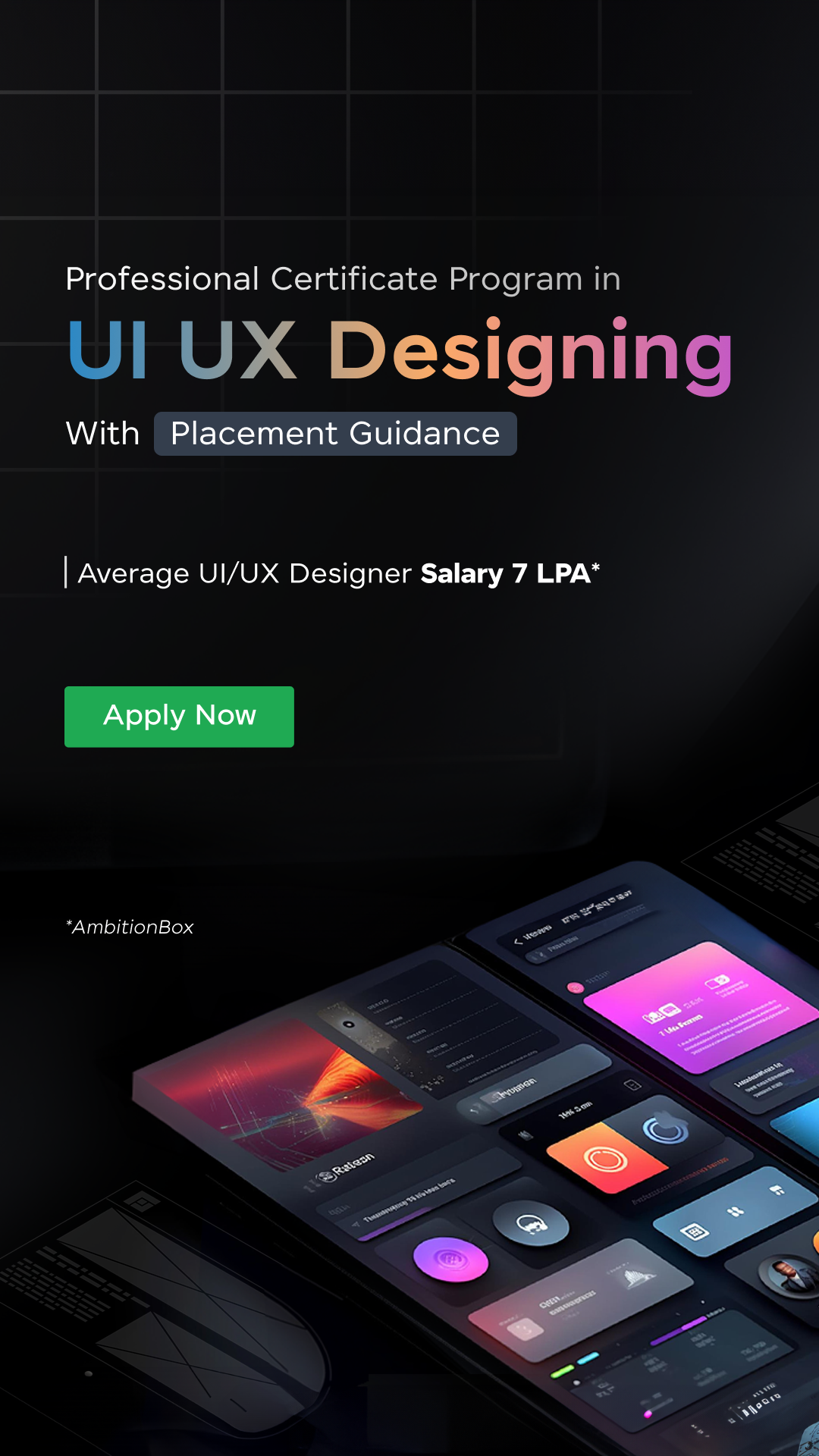







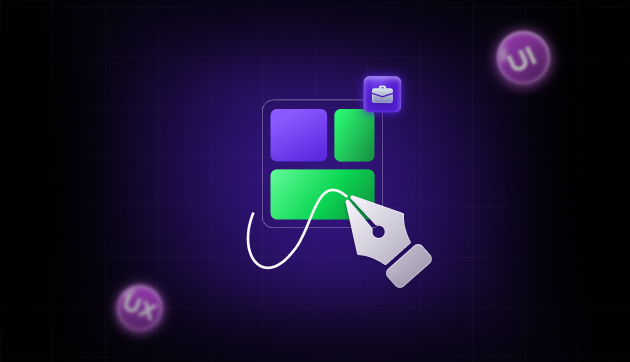

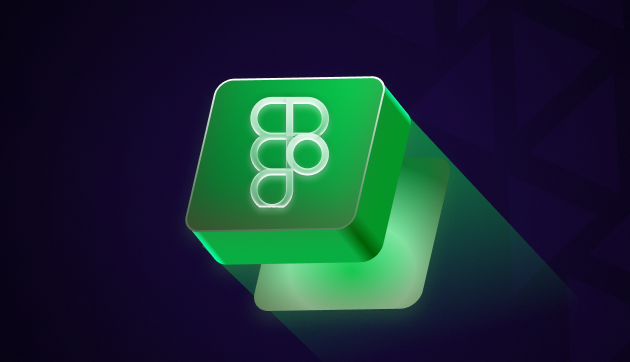
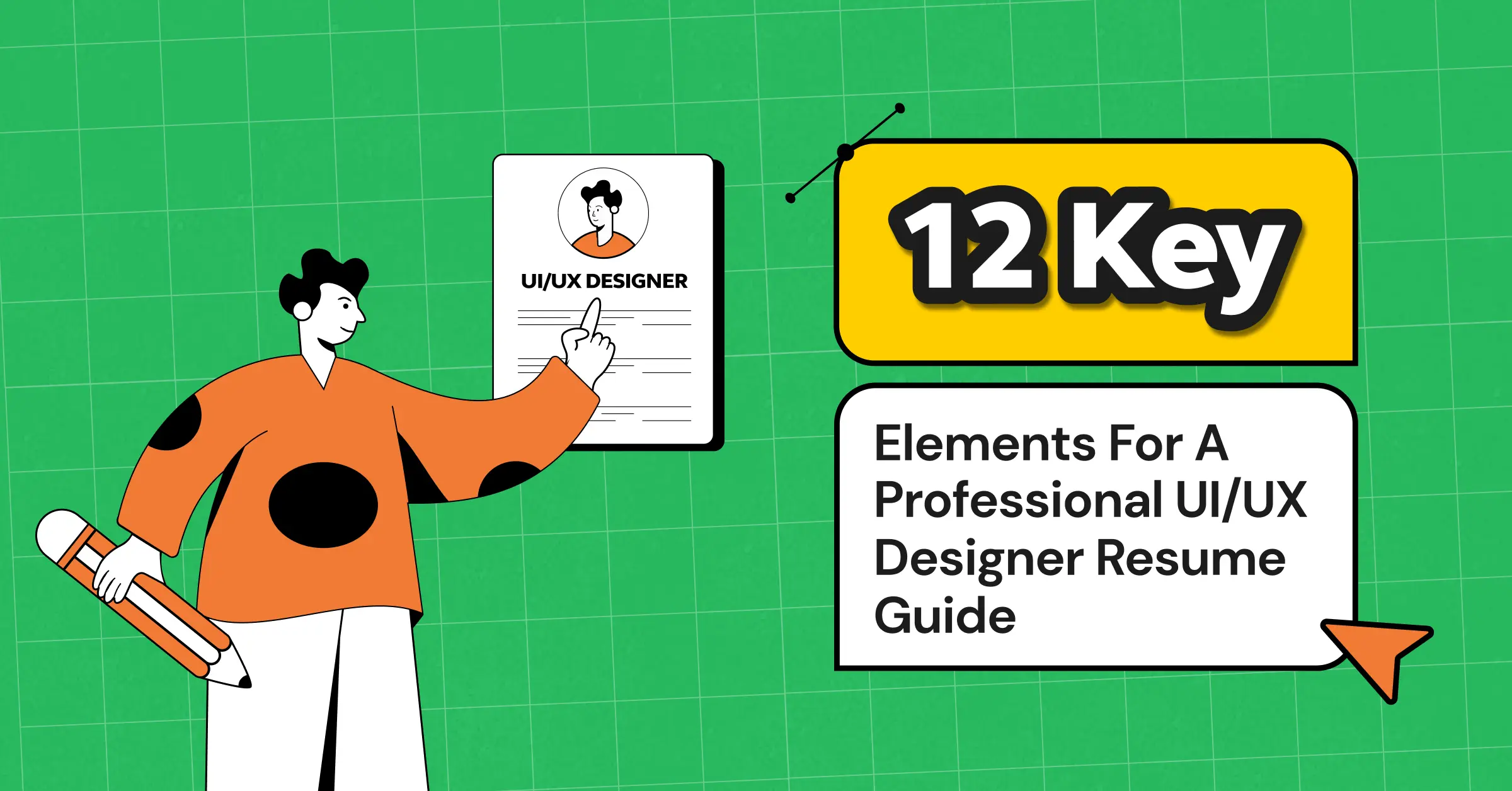
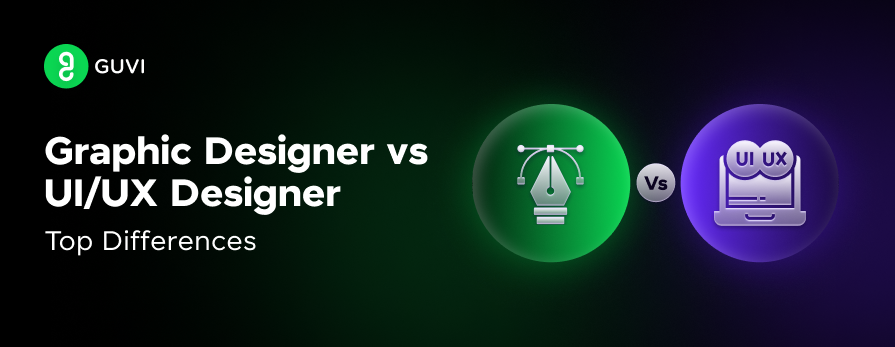
![Wireframe vs. Mockup vs. Prototype: Top Differences [2024] 10 wireframe vs. mockup vs. prototype](https://www.guvi.in/blog/wp-content/uploads/2023/12/Wireframe-vs.-Mockup-vs.-Prototype_-Top-Differences-feature-image.png)

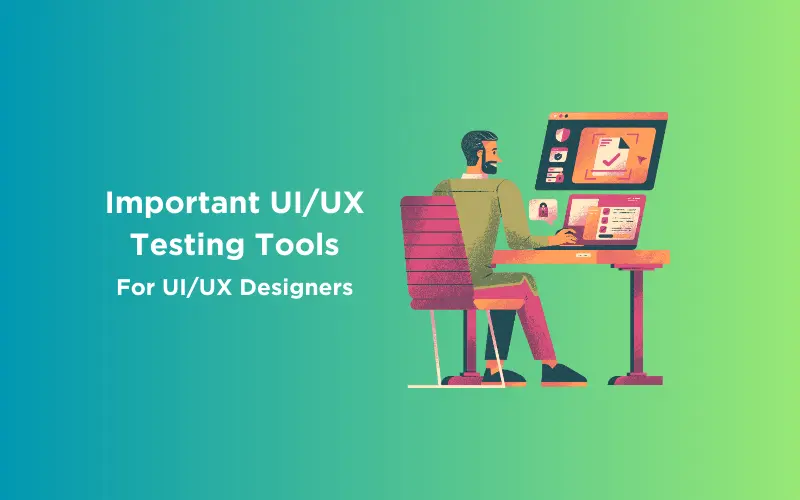
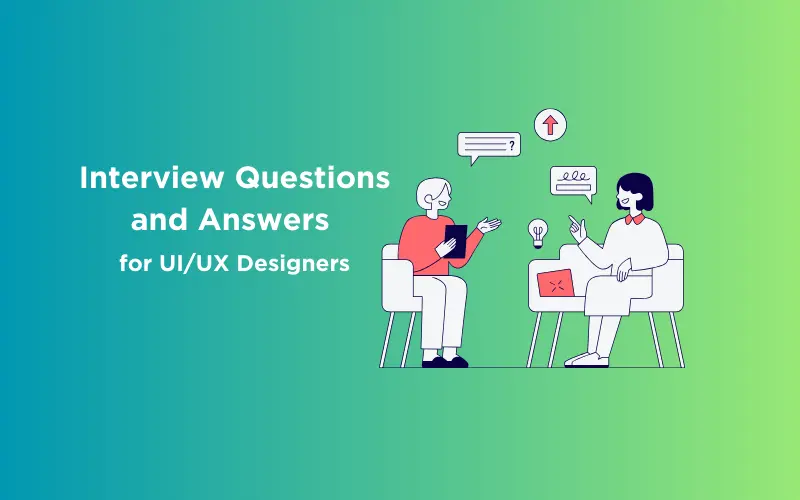
Did you enjoy this article?